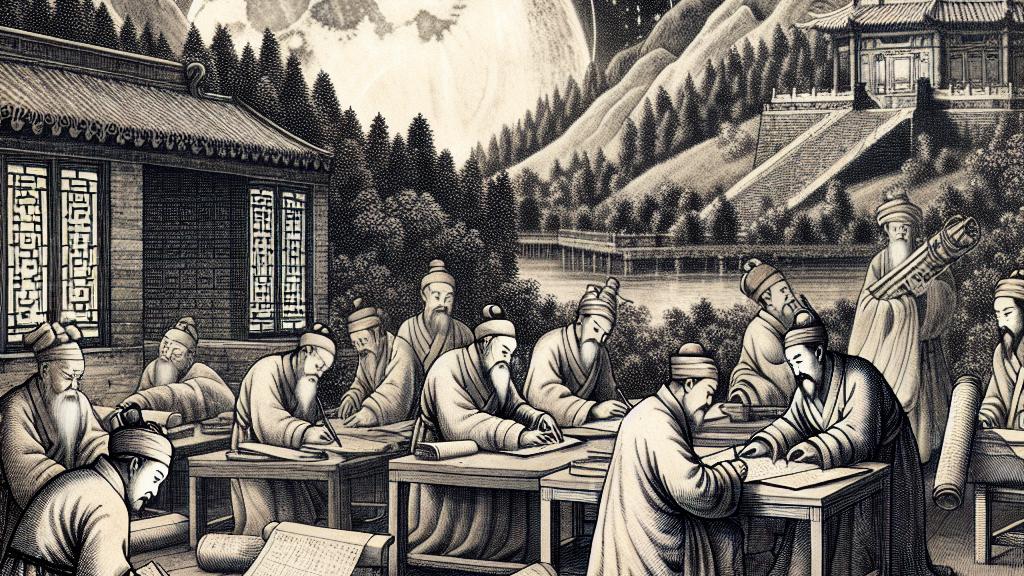Understanding the Impact of Chinese Science and Technology on the World
Overview
- Discover how ancient Chinese scientific advancements have shaped modern Western thought.
- Examine key contributions in astronomy and climate science, revealing their ongoing importance.
- Learn about the fascinating narratives behind historical records and their role in today's research landscape.

The Remarkable Heritage of Chinese Astronomy
Picture this: you’re under a clear night sky, tracing constellations and diligently documenting celestial events. This image encapsulates the spirit of Chinese astronomers who have made such meticulous observations for over 2,000 years. They developed a rich legacy of knowledge, recording everything from solar and lunar eclipses to the appearances of comets and supernovas. Enter Antoine Gaubil, a French Jesuit, who arrived in Beijing in the 18th century. His discovery of these vast archives led to an extraordinary moment in scientific history. Gaubil not only recognized their importance but also meticulously compiled this knowledge, sharing it across continents. Consequently, Pierre-Simon Laplace, the legendary mathematician, used these insights to push the boundaries of astronomy. It’s incredible to think that these ancient records still resonate powerfully in modern celestial research, showcasing that the past can indeed illuminate the present.
The Unlikely Interplay of Cultures in Scientific Discovery
Fast forward to the mid-20th century: a curious twist unfolds in the quest for knowledge. A Russian astrophysicist, driven by a desire to unravel the mysteries of supernovas, scoured through ancient Chinese records. With enthusiasm, he collaborated with Chinese researchers, and together, they unearthed crucial data that culminated in a landmark research paper. This paper didn’t just become a milestone in astrophysics; it stands as a testament to how cross-cultural exchanges breathe life into scientific inquiry. Their collaboration highlights a profound truth: when East meets West in the realm of science, incredible advancements occur, blurring the lines between cultures and creating a lattice of shared understanding.
Bridging the Past with Present Climate Science
But that’s not all—those historical records don't just belong to the realm of astronomy. They also play a pivotal role in addressing today’s pressing climate issues. Imagine researchers pouring over meticulously kept archives that detail weather patterns and environmental changes from centuries ago. By doing so, scientists are crafting robust climate models, gleaning insights from the wisdom of the past to understand current climate dynamics better. This intricate interplay between historical data and modern challenges underscores a critical message: these ancient observations are not mere relics; they are essential tools driving our fight against climate change today. It’s a thrilling reminder that what once guided our ancestors can still forge pathways for future innovation and sustainability!

Loading...